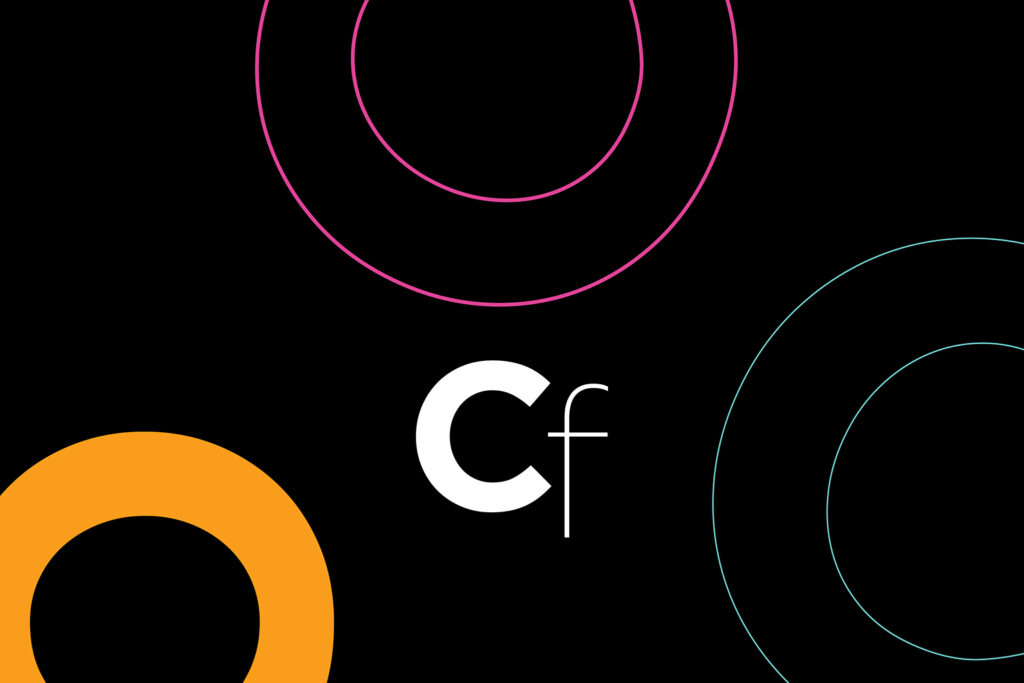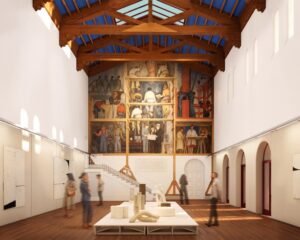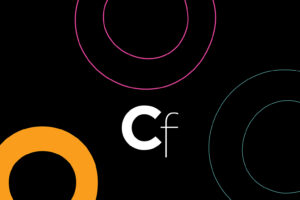Adam Pendleton’s Painterly Language Encourages Close Inspection and Deep Introspection

Adam Pendleton has spent the better part of two decades making art in a language only he can speak fluently, in which mark-making, pictographs, and short, all-caps texts converge into a form of abstraction that hovers somewhere between early modernism, protest signage, and graffiti. While it’s a language that isn’t wholly discernible at first, it’s worth spending the time to learn how to appreciate it. Pendleton’s project is less about delivering clarity than it is about encouraging close inspection and deep introspection.
These efforts are on full view in his sprawling exhibition, “Love Queen,” at the Hirshhorn Museum and Sculpture Garden in Washington, D.C. (through January 2027). Looping through the museum’s inner-ring galleries like a liturgy, visual fragments echo throughout the circular room, building toward an aesthetic and emotional implosion the way that a series of metaphors do in a parable. At times, they feel less like paintings than blackboards at mid-lecture or fragments of a futuristic text.
Indebted to Conceptualism’s long shadow, Pendleton emerged in the early 2000s at a moment when painting felt as if it were once again up for grabs. He chose not to resurrect it exactly, but to redirect it, treating the canvas as a stage for linguistic and cultural conflict instead. Art historical influences, from Franz Kline to Glenn Ligon, are filtered through Pendleton’s cool, steady logic. His process begins with gestures in ink or watercolor on paper—drips, splatters, shapes—that are then photographed, layered, and screen-printed onto large black-gessoed grounds. Blending references to signage and typography, poetry and Xerox art, his canvases, while not always quite legible, are never silent.
The best paintings in the show are more organic, in particular the works from the “Untitled (Days)” series, begun in 2020. High contrast, white on black, the markings repeat and build into a crescendo. The exhibition also includes Pendleton’s latest entries to his “Black Dada” series (2008–ongoing), representing a departure from his previous mostly black-and-white canvases. With swaths of garish gold and neon green cutting through the black, they are bolder and louder than their predecessors in a way that feels somewhat distant and cold—maybe even a bit alien. His inclusion of letters, one hidden per canvas, however, are equally as indecipherable as his earlier works. That is until the light hits the canvas just right.
The show’s final work, Resurrection City Revisited (Who Owns Geometry Anyway?), is a rare moment of emotional clarity. Projected floor to ceiling, this single-channel video assembles documentation of the 1968 Poor People’s Campaign, the protest encampment that took over the National Mall in the months after Martin Luther King, Jr.’s assassination. But Pendleton treats the material here less as historical fact than a series of compiled memories, infused with emotion and transmitted into the present. Triangles and circles flash across the screen, sometimes obliterating faces, sometimes lending them an accidental halo. He zooms so closely into subjects they appear out of focus, which he then contrasts with a panoramic shot, giving the point view of an inquisitive bystander. Stitched together, a narrative slowly coalesces out of a million interrupted images.
Pendleton’s work may never fully resolve for his viewers. Its meanings shift depending on where you stand, how long you stay, what you’re willing to say back. “Love, Queen” doesn’t explain; instead it asks you to keep looking. It requires your undivided attention and patience. In doing so, you can feel yourself open up to new understanding. And if you’re patient, the grammar of Pendleton’s visual language slowly unravels.


